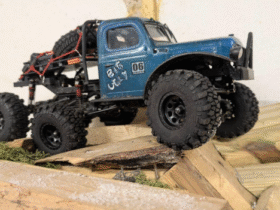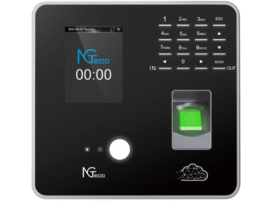If you’re serious about building a strong, defined core, it’s time to ditch the endless crunches and embrace a smarter, more effective tool: the ab roller.
Compact, affordable, and deceptively simple, this wheel-shaped device has been a go-to for elite athletes and personal trainers for decades. But many people still wonder how to use an ab roller correctly — and how to unlock its full potential without risking injury.
This guide breaks it all down, giving you the insight, techniques, and routines you need to make the most of this powerhouse core trainer.
Why the Ab Roller Deserves a Spot in Your Routine
Unlike sit-ups or planks, the ab roller activates deep stabilizer muscles in your core, including:
- Rectus abdominis (six-pack muscle)
- Transverse abdominis (deep core layer)
- Obliques (for rotational strength and stability)
- Lower back muscles (key for posture and injury prevention
But it doesn’t stop there. Ab rollouts also engage:
- Shoulders
- Arms
- Hips
- Glutes
In short, it’s not just a core exercise — it’s a full-body challenge that builds real-world strength and balance.
How to Use an Ab Roller (Step by Step)
If you’re new to this movement, form is everything. Here’s a simple, safe breakdown:
- Start on your knees on a mat to protect your joints.
- Grip the handles of the ab roller firmly, with arms shoulder-width apart.
- Engage your core (think: brace as if someone’s about to punch your stomach).
- Roll forward slowly, keeping your spine neutral — no arching or sagging.
- Go as far as you can control, then pause briefly.
- Roll back using your core (not your hips) until you’re back in the start position.
Start with 3 sets of 6–10 reps and focus on control over range. With time, your depth and reps will improve naturally.
Want to start today? This ab roller is a stable, beginner-friendly model with great grip and support.
Common Mistakes to Avoid
Even though the ab roller looks simple, poor form can sabotage your results or lead to injury. Watch out for these mistakes:
- Letting your hips sag (puts pressure on your lower back)
- Overarching your spine (no core engagement)
- Using arms or momentum instead of abs
- Rolling out too far too soon
- Holding your breath (you’ll tire quickly)
Remember: progress comes from consistent control, not pushing to failure.
Progressions and Variations
Once you’ve mastered the basic kneeling rollout, level up your game with these challenges:
- Wall Rollouts – Use a wall to limit range and focus on form.
- Standing Rollouts – For advanced users; massive core strength required.
- Single-Arm Rollouts – Increases rotational tension and asymmetrical load.
- Kneeling with Pause – Pause for 3 seconds at full extension to build endurance.
Always warm up your shoulders and core beforehand, and avoid going too hard too fast — ab roller DOMS (delayed onset muscle soreness) is real.
Benefits of Using an Ab Roller
When used correctly, the ab roller is one of the most efficient tools for:
- Building visible abs
- Increasing core strength and stability
- Improving posture
- Enhancing balance and coordination
- Supporting athletic performance (especially in compound lifts)
And unlike bulky machines or complicated gear, it’s portable, affordable, and space-saving.
Rock Manna’s View on Functional Strength
At Rock Manna, we believe fitness should be practical, sustainable, and results-driven. That’s why we champion tools like the ab roller — simple devices that challenge your body in meaningful ways.
Whether you’re a beginner or seasoned lifter, core strength is the foundation of movement. And this humble wheel offers one of the highest returns on investment for your effort.
Visit Rock Manna to explore more strength tools that build resilience from the inside out.














